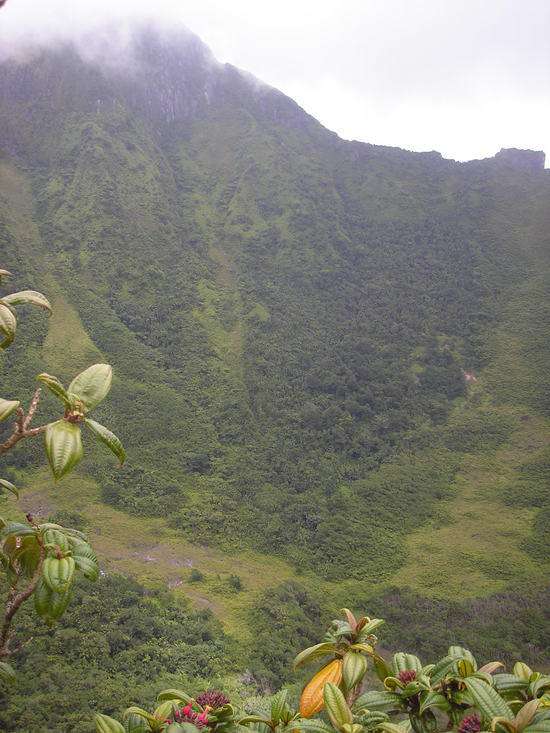St. Kitts, also known as St. Christopher Island, is a small Caribbean island located in the West Indies. It is the larger of the two islands that make up the country of Saint Kitts and Nevis. The history of St. Kitts is a fascinating story of colonization, sugar plantations, and independence.
The island was originally inhabited by the Kalinago people, who called it Liamuiga, meaning “fertile land.” They lived on the island for centuries, fishing and farming, until the arrival of European explorers in the 15th century.
In 1493, Christopher Columbus first sighted St. Kitts during his second voyage to the Americas. However, it was not until 1623 that the island was colonized by the English. The first European settlement was established by Thomas Warner, who named the island after his patron saint, St. Christopher.
The English established sugar plantations on the island, bringing in African slaves to work the land. The sugar industry became the main economic driver of St. Kitts and the neighboring island of Nevis, leading to the establishment of a wealthy plantation class.
In 1629, French settlers also arrived on the island and established their own colony. This led to conflicts with the English, as both nations vied for control of the lucrative sugar trade.
In the 18th century, St. Kitts was caught up in the Seven Years’ War between Britain and France. The island changed hands several times during this period, but ultimately remained under British control.
In the early 19th century, St. Kitts and Nevis became part of the British colony of the Leeward Islands. Sugar production continued to be the main industry, but the decline in sugar prices and the abolition of slavery in 1834 led to economic struggles.
In the late 19th century, St. Kitts became a part of the British-administered West Indies Federation. However, in 1967, St. Kitts and Nevis gained internal self-government and eventually achieved full independence in 1983. Today, the country is a member of the Commonwealth and has a parliamentary democracy.
St. Kitts has also become a popular tourist destination, known for its beautiful beaches, lush rainforests, and rich history. The island has preserved its colonial architecture and offers visitors a chance to explore its past through historic sites such as Brimstone Hill Fortress National Park, a UNESCO World Heritage Site.
As St. Kitts continues to develop and grow, it remains a testament to the resilience and diversity of its people, who have overcome challenges and shaped the island into the vibrant place it is today.



